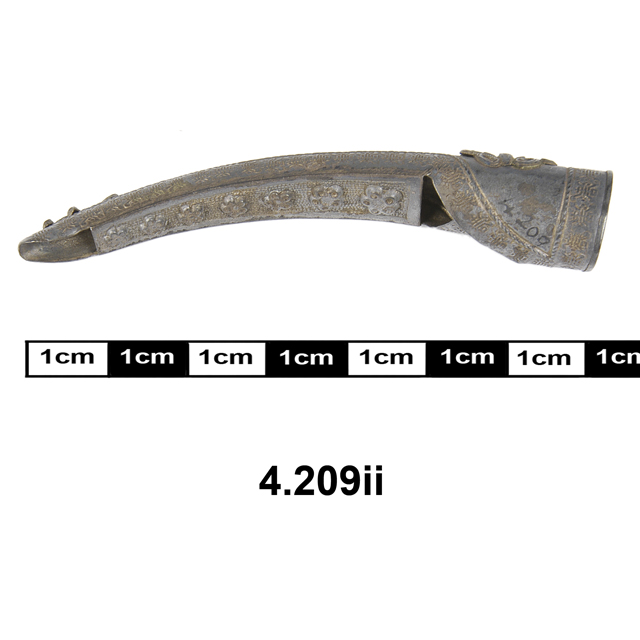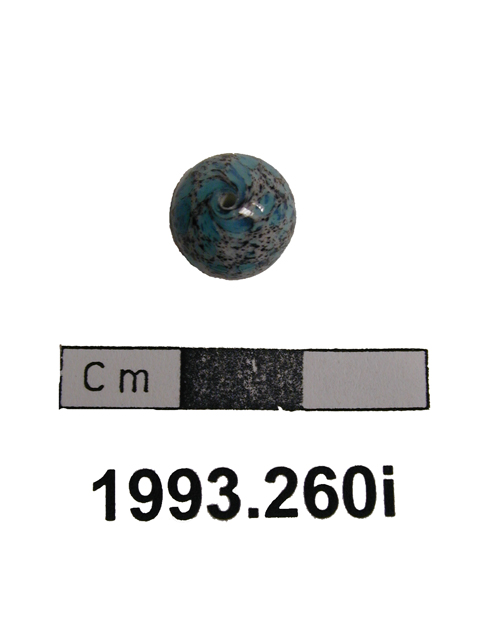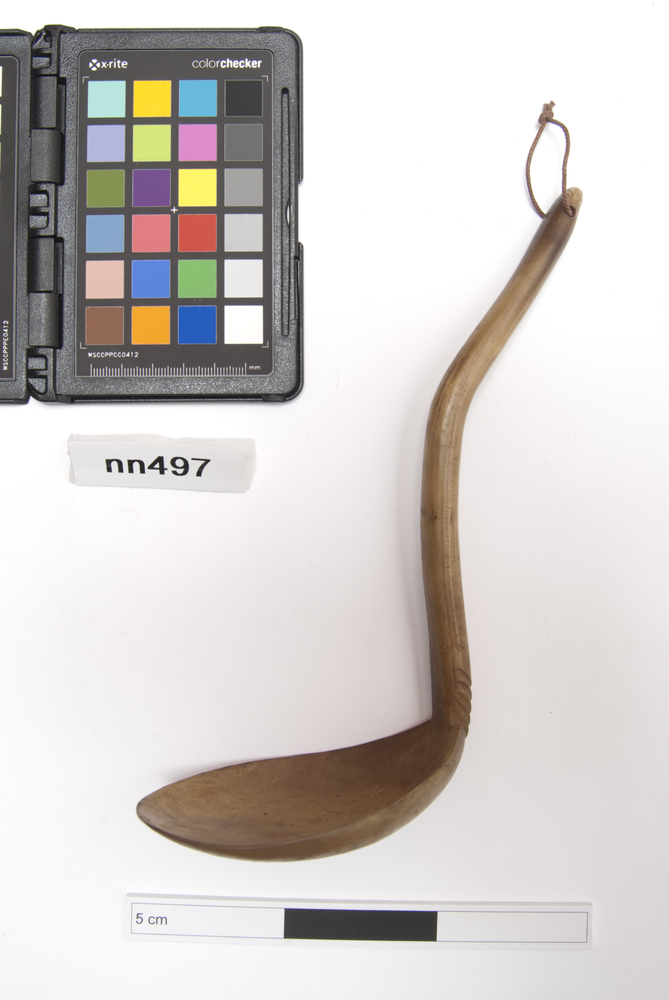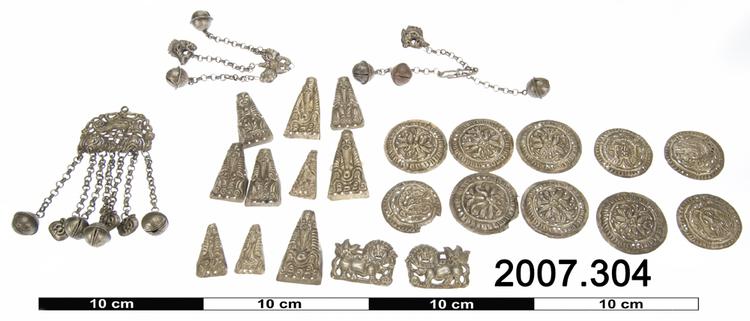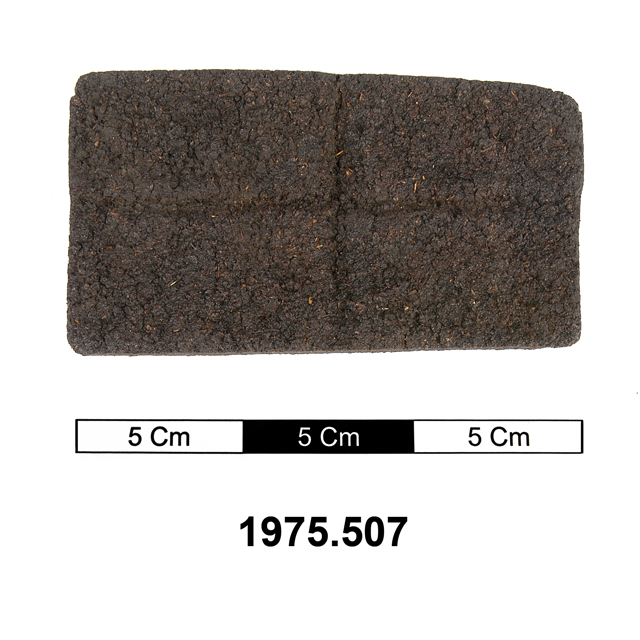
Flat, rectangular teabrick packed in China for transport to Tibet and Russia. There is a cross-shaped impression on the observe, and a V-shaped impression on the reverse.
Label: Cream with black type.
In the early days of tea drinking in China in the 4th century AD, tea was often in brick or compressed form. Compressed teas were usually made with dried and ground tea leaves that were pressed into various bricks or other shapes. These blocks travelled long distances, often sewn into yak skins to protect them. It is possible that this was composed of tea leaves and blood. Blood was sometimes used as a binding agent, along with flour or yak dung, to better preserve their form. The durability of these block meant that they could be used as currency; the cross shape in this tea brick is common and was probably how the tea was often broken for sale or for use.



